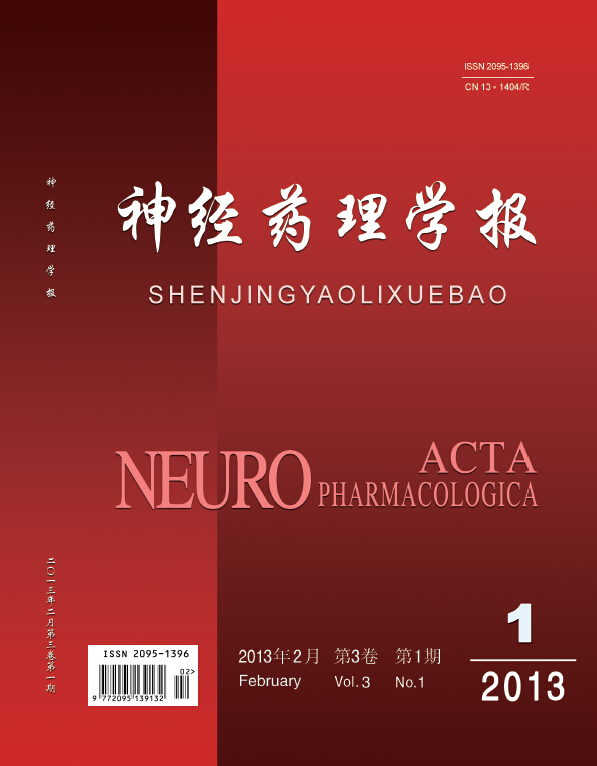|
|
Antidepressive-like Effect of Ginsenoside Rg1 and Its Mechanism
HUANG Qian, CHU Shi-feng, LIAN Xiao-yuan, ZHANG Jun-tian
2013, 3 (1):
1-11.
Objective: To investigate the anti-depressive-like effects and mechanisms of Ginsenoside Rg1. Methods: Antidepressant-like effect of Ginsenoside Rg1 was assessed in mice tail suspension test and forced swim test, and trat chronic unpredictable mild stress (CUMS) (28 days) test. Rg1 (5, 10, 20 mg·kg-1·d-1) and duloxetine (10 mg·kg-1·d-1) were studied. Results: Rg1 (5, 10, 20 mg·kg-1) significantly reduced the immobility time in both forced swimming and tail suspension tests. In animals receiving CUMS, they showed an increased immobility in the forced swimming test and decreased sucrose preference test, and Rg1 produced a significant decrease of immobility time and an increase of sucrose intake percentage. The anti-depressive-like mechanisms of Rg1 involved the activation of cAMP signal transduction pathways induced by PDE4, and the increase of androgens level as well as the promotion of the synaptogenesis. Conclusions: Ginsenoside Rg1 has robust antidepressant-like effects in acute and chronic models of depression, and the underlying mechanisms could involve regulating neurotransmitter release, reducing glucocorticoid levels and increasing the expression of neurotrophic factors as well as enhancing synaptic plasticity.
References |
Related Articles |
Metrics
|

